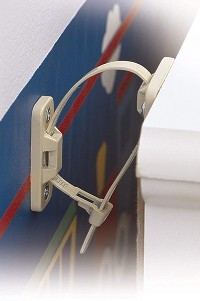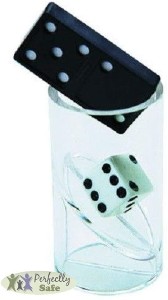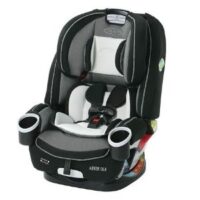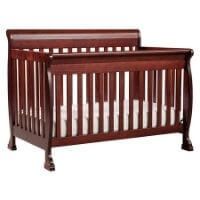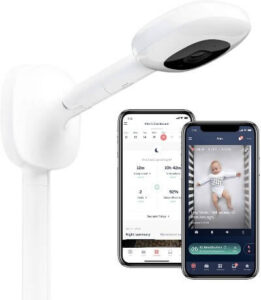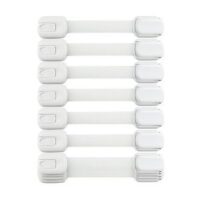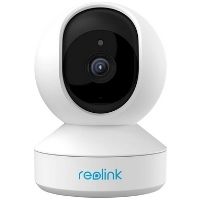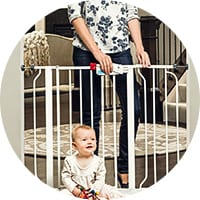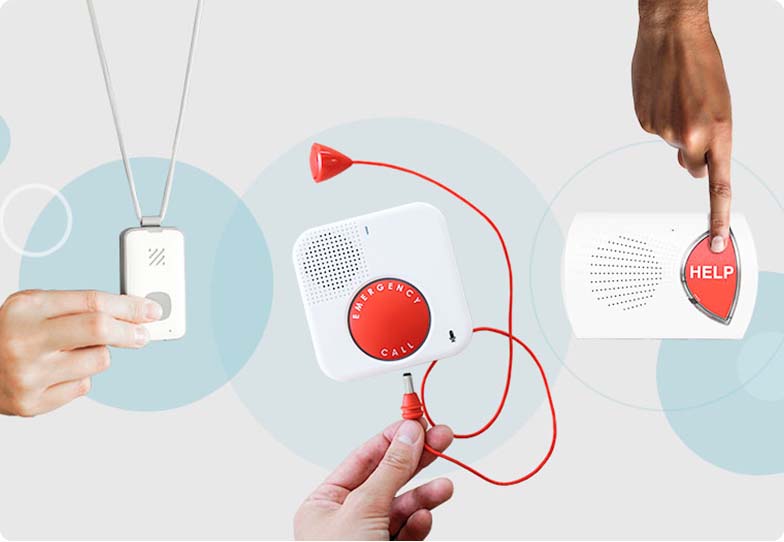Many parents think their home is the safest place for their children, and this is often true. But sadly, accidents and injuries at home do happen.
Because children tend to spend a lot of time in playrooms, we researched some of the most common playroom hazards and what you can do to try and avoid them.
Check out our room-by-room babyproofing guide for even more tips.
